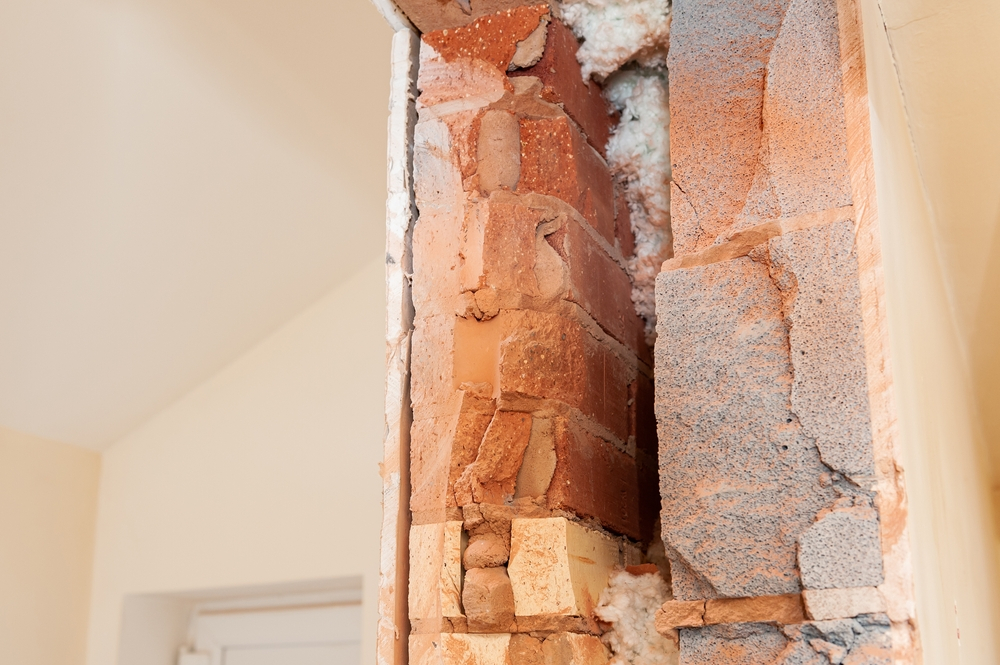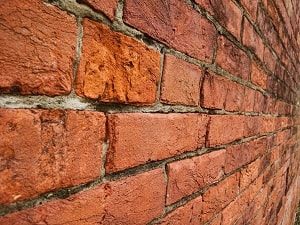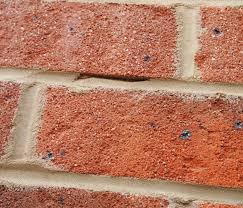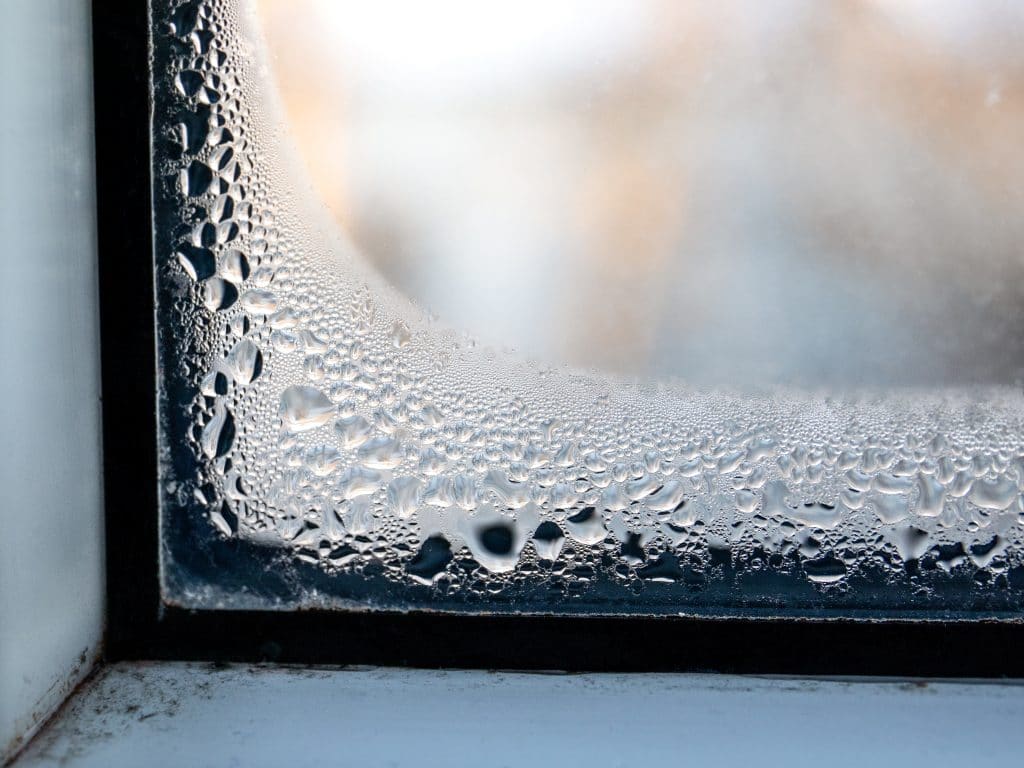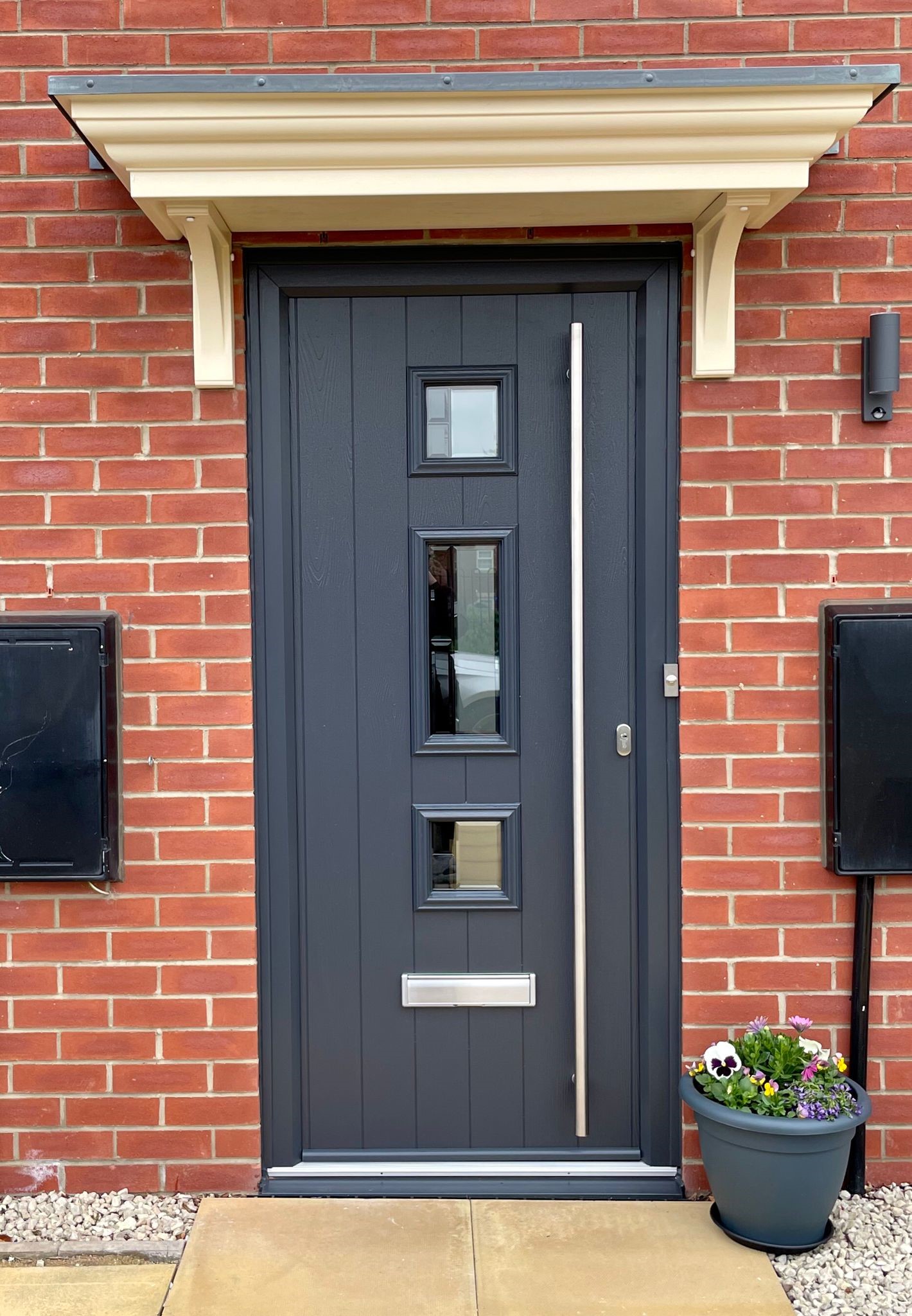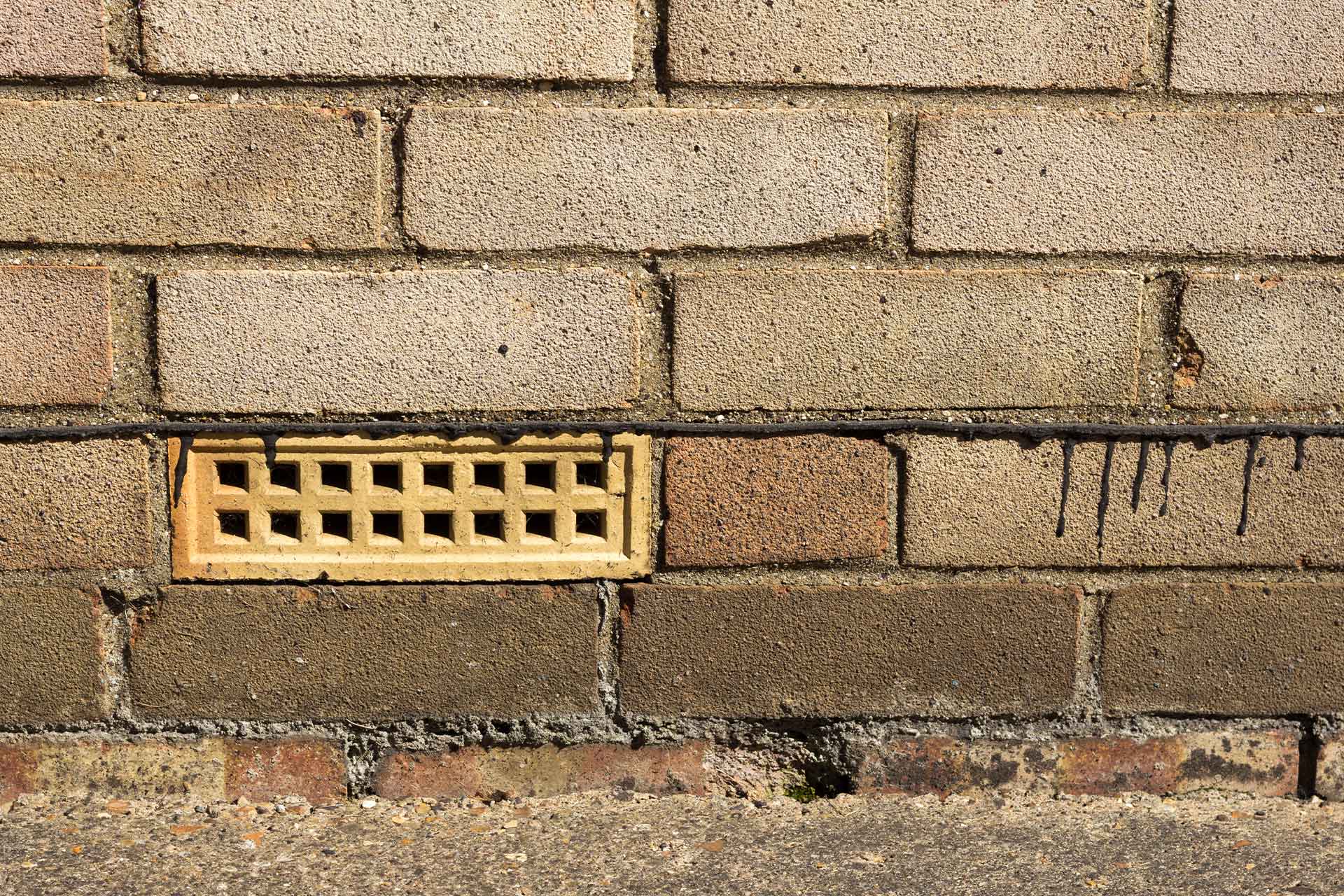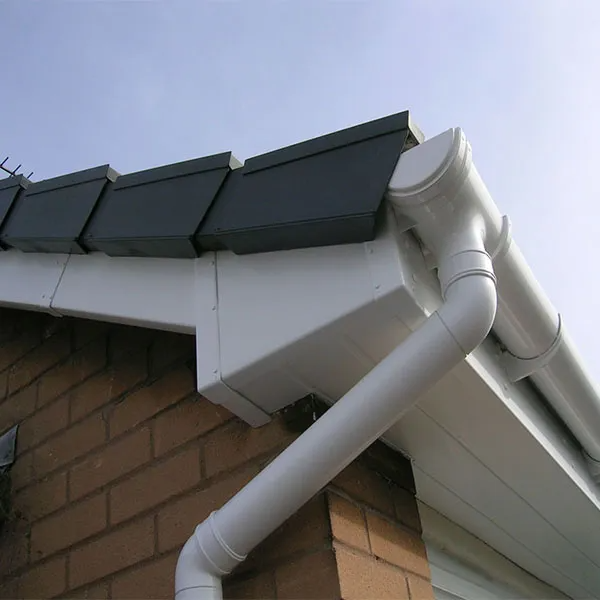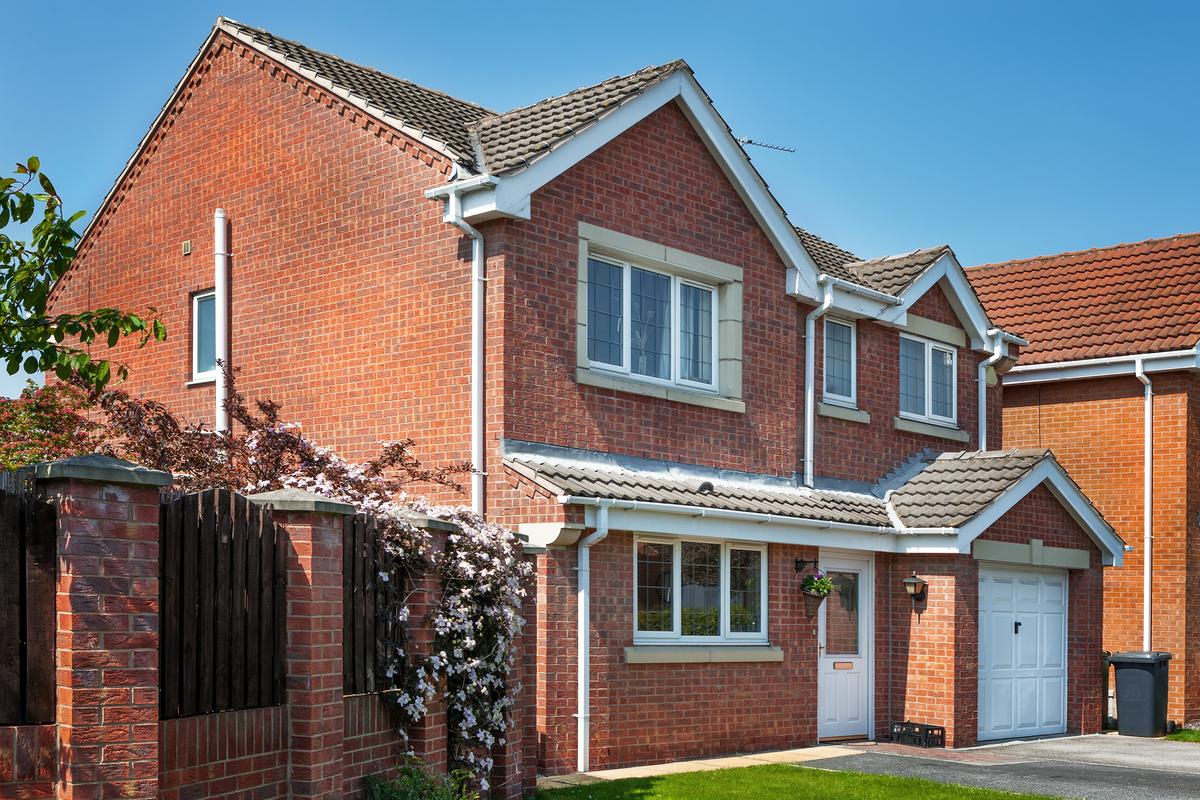CWI Condition Inspection Survey
Oscar Onsite are the UKʼs Leading Authority in Cavity Wall Insulation Surveying and Extraction.
Oscar Onsite wrote and launched the only 2 formal NVQ qualifications specific to this industry to highlight the correct process, methodology and compliance required to ensure extraction is carried out to a recognised standard and enable the refill of insulation where a property is deemed suitable. Oscar Onsite have trained hundreds of independent firms right across the UK and Ireland in CWI extraction, and firms displaying the Oscar Onsite logo have achieved a high level of understanding and have demonstrated full compliance, ensuring a professional and quality service for their customers.
Our Surveys are used for many reasons and the CWI Condition Inspection Survey is primarily a survey to highlight the condition of the Cavity Wall Insulation and the external condition of a property, and to see if the insulation is working at its best to ensure you are achieving the average 33% savings on your heating energy costs, or to highlight any issues found that are matters for concern.
Our surveys have also been sought by homeowners who have made a claim under the CWI guarantee and have had the claim refused. As our surveys are carried out fully independent by qualified surveyors and signed off by a Chartered Surveyor, these reports can then be used to refer your complaint back to the guarantee provider if the survey highlights faults that the CWI was not installed in line with the BBA Certificate. This survey allows a property owner to formulate a comprehensive picture of the insulations current condition and also the external condition of the property and help them identify issues and hopefully allow action to be taken.
Our standard CWI Condition Inspection Survey includes the following:
Homeowners are at particular risk more and more where insurers or CWI guarantee providers are refusing to assist on claims, stating the homeowner has not maintained the property to such a standard that they have contributed to neglect and therefore a claim is rejected. Mortgage lenders are also very much aware that borrowers have a duty of care under their mortgage conditions to maintain the property to a good standard. We are also seeing more and more property buyers requesting a survey, either before making the purchase, or once the purchase has been completed to get a full nderstanding of the property and its energy saving measures.
Oscar Onsite have experience in working in many sectors including residential, education, retail and on all types of residential and commercial properties, whatever your requirements, be assured we can provide you with the professional help and assistance you need to keep your house your home!
Please select to find out more about
- Exposure to walls from wind driven rain
- Drill patterns of the installation
- Size and condition of drill holes
- Cavity trays and weep holes
- Brushing off between properties
- Location of internal dampness, mould and/or condensation
- Type of insulation
- Overall wall thickness
- Location and condition of damp proof course
- Internal temperature and relative humidity
- Voids in the insulation
- Spalled brickwork
- Deteriorated pointing between bricks
Exposure to walls from wind driven rain
Areas across the UK are zoned into exposure areas of 1, 2, 3 and 4, much depending on wind driven rain. Your home is exposed to severe levels of wind-driven rain if your home is located in an unsheltered position, e.g. not protected by trees or other buildings
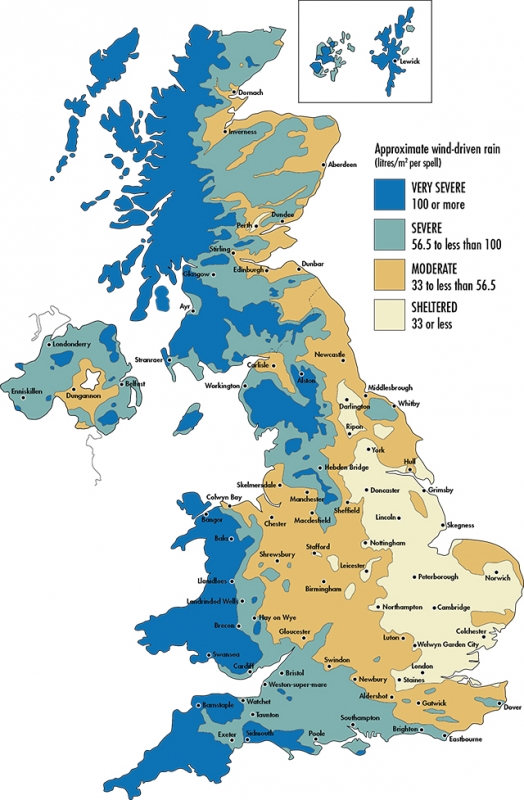
Drill patterns of the installation
The drill pattern is the tested process that the BBA state in the install license that says CWI should be installed by drilling holes in a recognised pattern to ensure a proper and adequate fill. Any variation from the drill pattern may contribute to CWI failure.
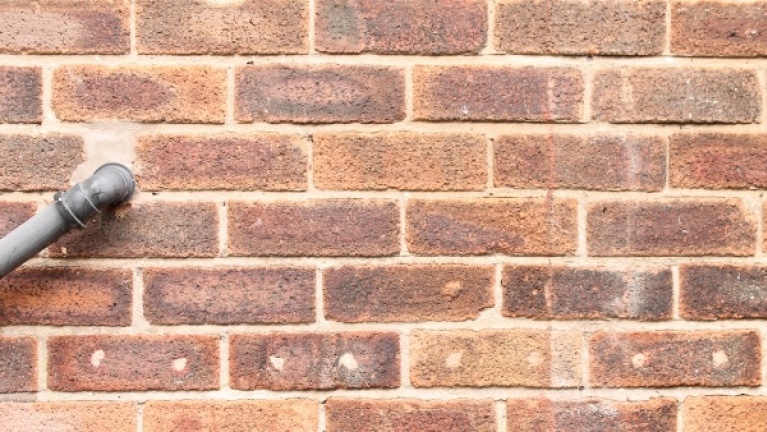
Size and condition of drill holes
Drill holes should be a standard size and once the CWI is installed, these holes should be sealed up properly and ensure no water can enter the cavity and into the insulation causing it to get wet.
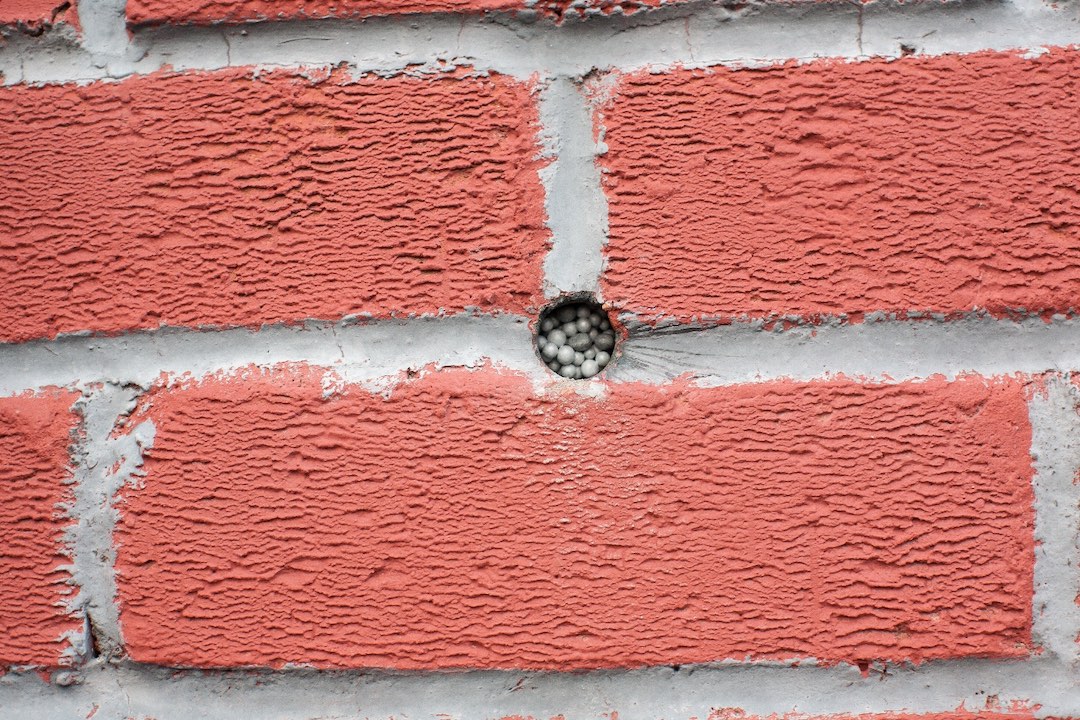
Cavity trays and weep holes
Whichever cavity tray construction is used, weepholes are required. At least two weepholes must be provided to cavity trays above openings and pre-formed “weeps” should always be used at maximum 900mm centres and always be positioned at stop ends.
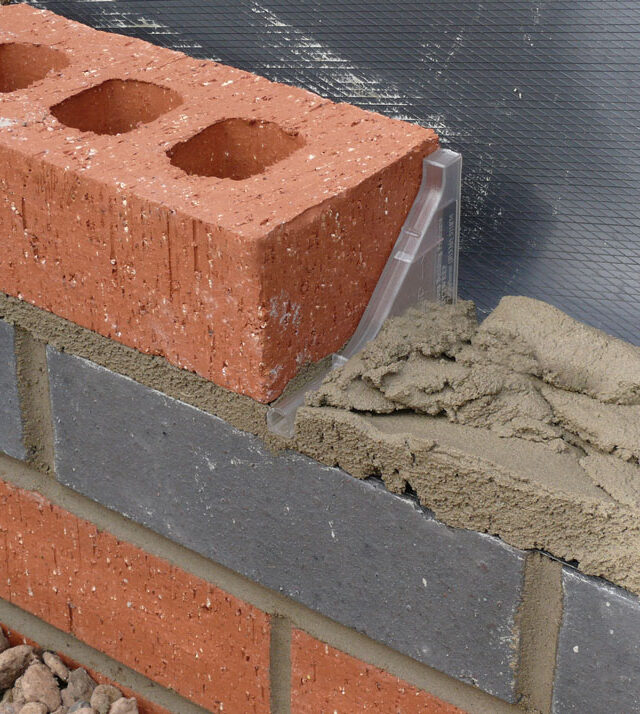
Brushing off between properties
Cavity wall insulation brushes are used as the ideal solution to separate the cavity at the party wall prior to filling with blown cavity wall insulation. This ensures the fill is full and there is no leakage of insulation outside the insulated area or causing trespass to your neighbours’ walls.
Location of internal dampness, mould and/or condensation
Where damp is found internally, this is usually the best area to investigate on the outside of the building relative to where the damp is showing.
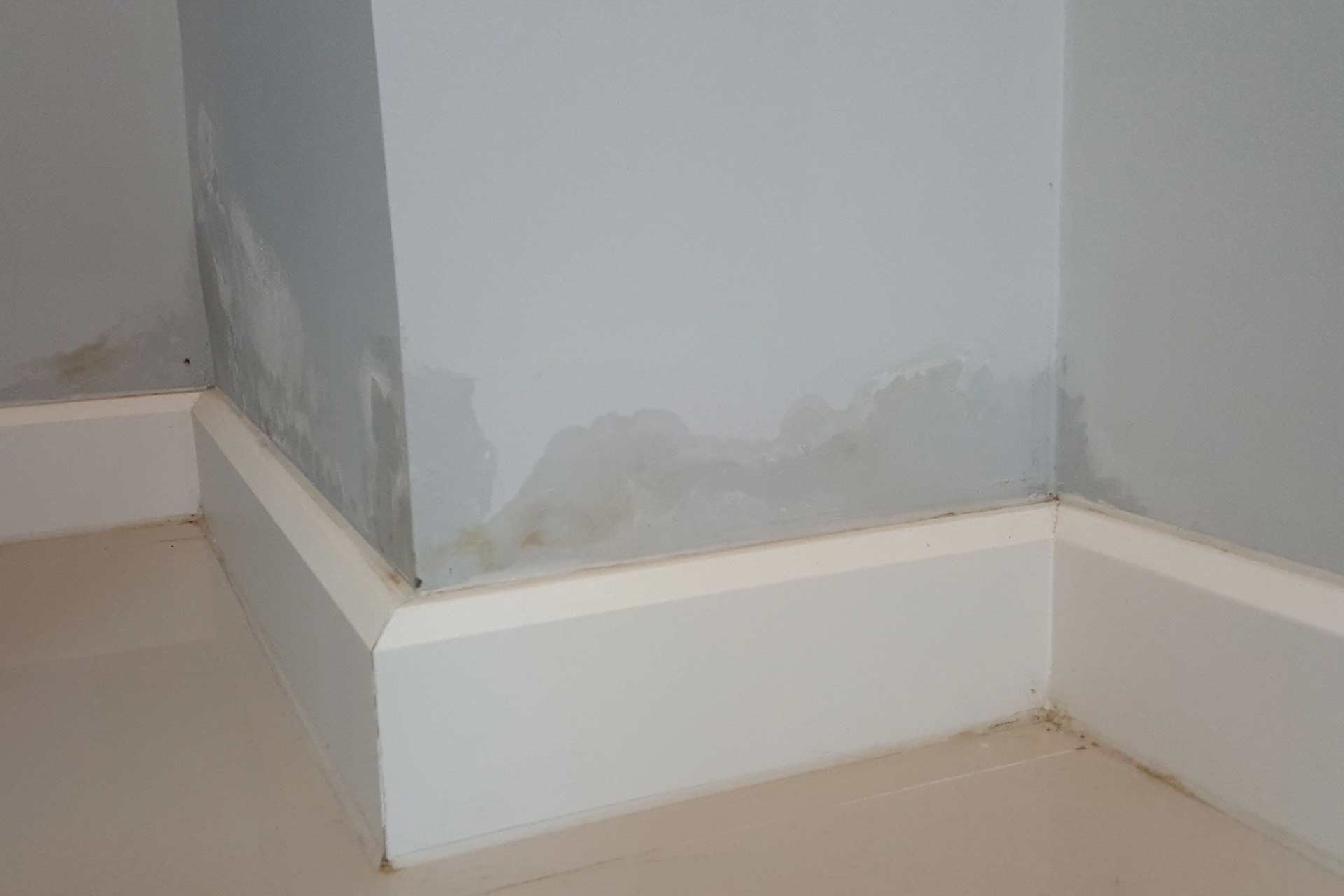
Type of insulation
Three main types of retrofit insulation used across the UK are blown fibre, blown wool and foam.
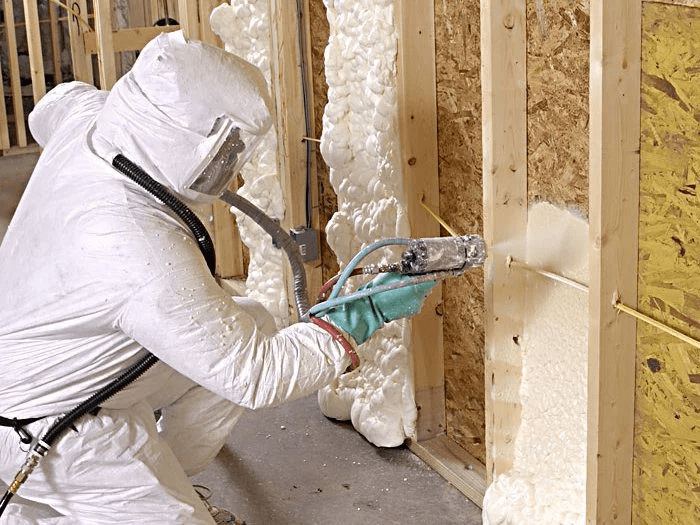
Overall wall thickness
The thickness of a wall and the depth of the cavities also play a big role in assessing a property to see if it is suitable for cavity wall insulation to be installed, and to what amount of insulation is required to achieve the correct thickness and density to gain a proper install.
Location and condition of damp proof course
A damp course should be at least 150mm from the ground consistently all around the property. 150mm is usually the height of 3 bricks. If a damp course is less than this, a property might suffer from rising damp which can severely affect the insulation and cause it to get wet and fail.
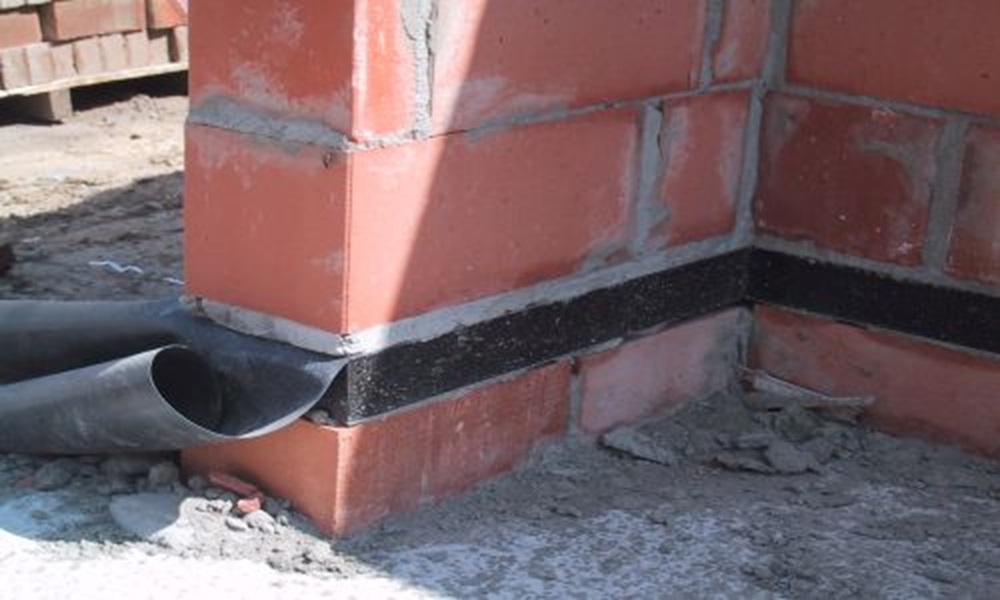
Internal temperature and relative humidity
A good install of cavity wall insulation should also ensure that sufficient ventilation is allowed through wall vents and sub-floor vents. On many occasions, these vents were sealed with silicone meaning the insulation and property cannot breathe. Any moisture ingress cannot escape, and can cause severe problems inside the cavities and inside the property.
Voids in the insulation
Voids in insulation mean there are holes of any size in the insulation which can cause warm moist air to meet cold air which can cause condensation, damp spots and mould.
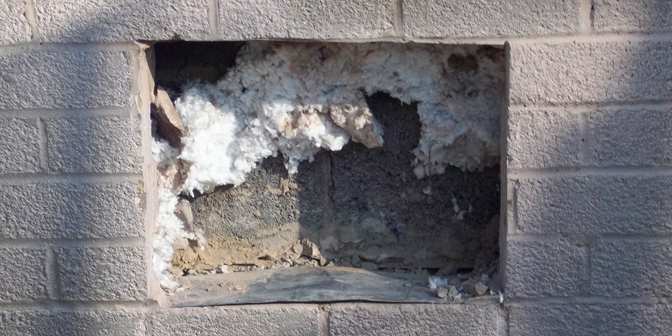
Spalled brickwork
Bricks are porous and spalled brickwork where the front of the bricks are damaged and cracked will allow water to penetrate far easier and ultimately allow water to penetrate into the cavities and into the insulation.
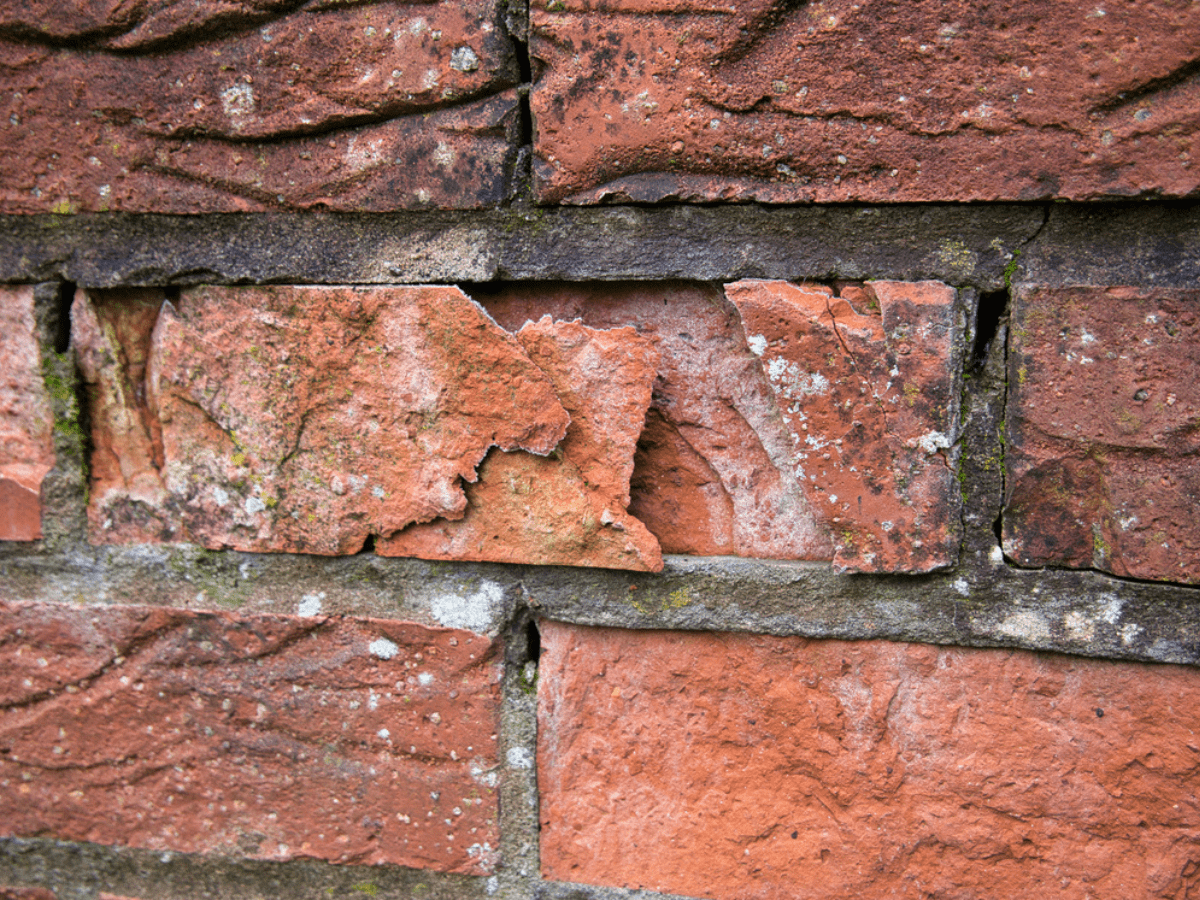
Deteriorated pointing between bricks
Small hairline cracks in the pointing between bricks can allow water ingress to the cavities and again allow the insulation to get wet and transfer water to the inside of the property.
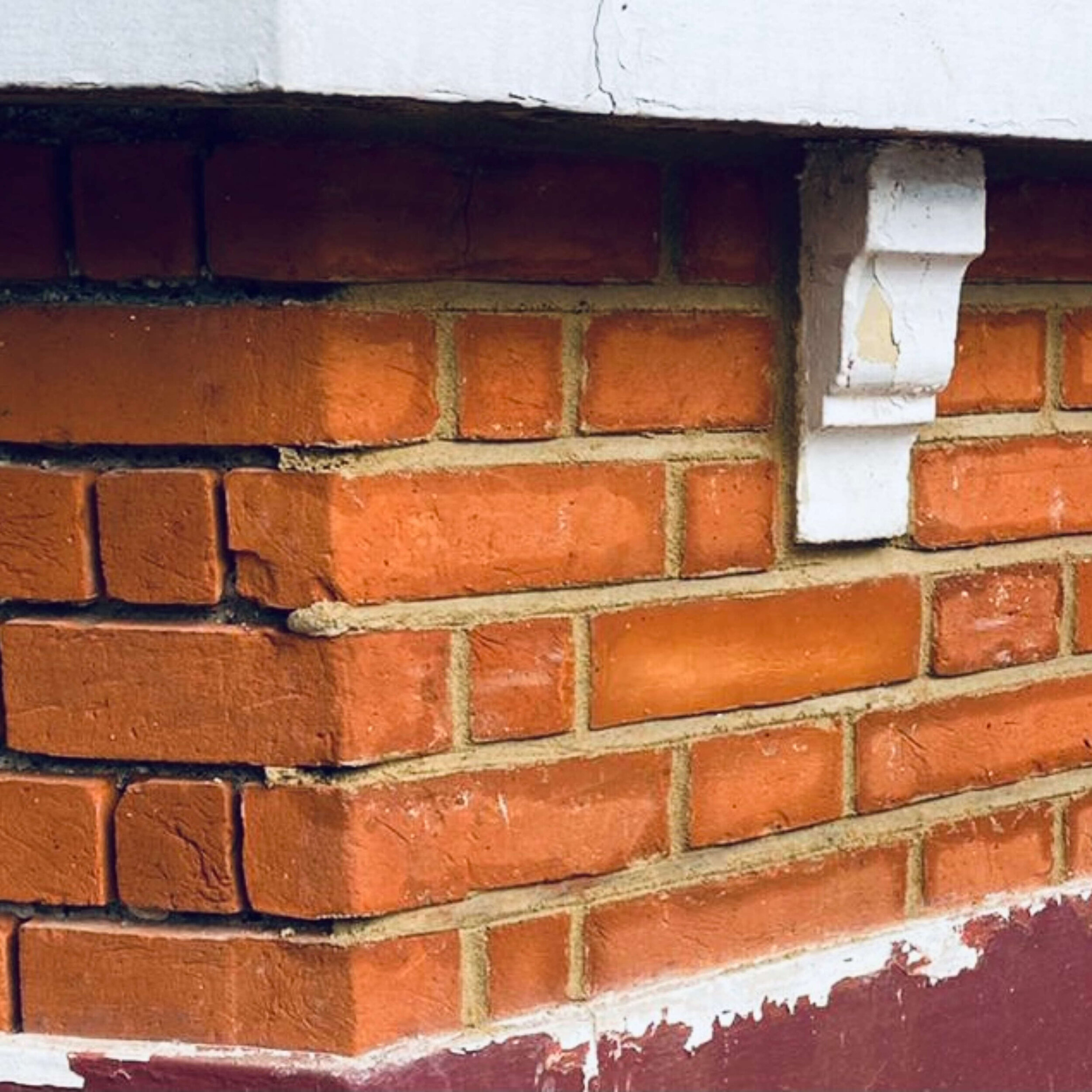
Frequently Asked Questions
Who are Oscar Onsite and what can they do to help me with my Cavity Wall Insulation?
Why use Oscar Onsite?
What is a Cavity Wall Insulation Condition Inspection Survey?
How much is the Cavity Wall Insulation Condition Inspection Survey?
Who carried out the Cavity Wall Insulation Condition Inspection Survey?
What happens after the survey?
What is the Oscar Onsite Cavity Clearance Scheme?
Canʼt find what you are looking for? Try our Help & FAQʼs for more information about our Cavity Wall Insulation Condition Surveys.
Contact Oscar Onsite today and order your
Cavity Wall Insulation Inspection Condition Survey by filling in this quick form.



